Three-stage water injection technique algorithm for hand-brewed coffee brewing coffee is a method to judge the time of water cut-off.
Before a friend came to Qianjie, "Qianjie Qianjie, the last section of the three-stage water injection should wait for the water to run dry, or should it be injected in the middle of the water?" Why do I see someone say it's better to wait for the water to run dry before filling it? "
This friend asks such a question in Qianjie because when Qianjie teaches people to make coffee, they are not advised to wait until the coffee dries up before filling it. So what's the difference between these two kinds of water injection? you can look at the front street to make a comparison of the two kinds of cooking, and you can also make the comparison by yourself. this is also more intuitive.
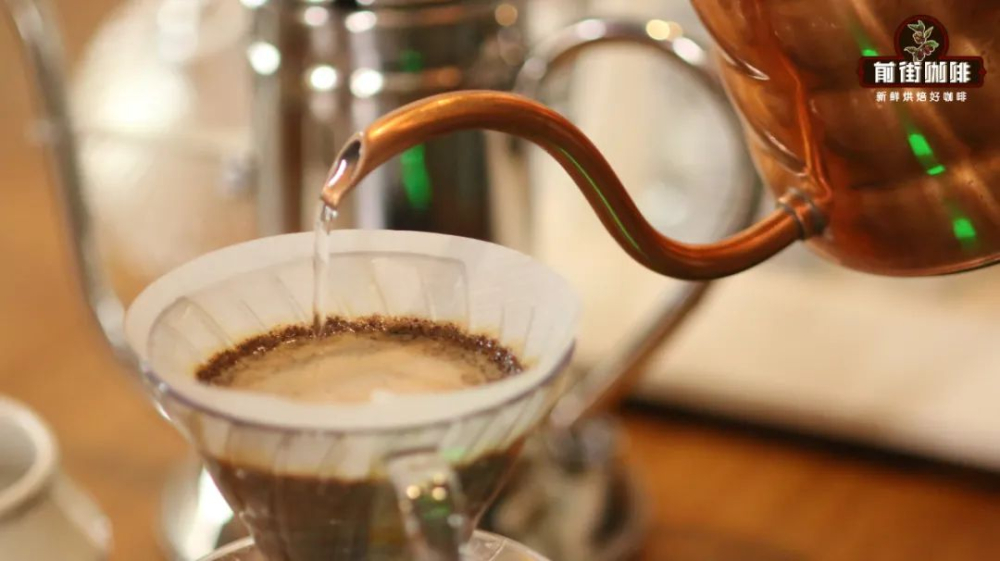
First of all, the front street uses Costa Rican strawberry candy as a brewing bean. The cooking parameters are also according to the usual cooking parameters in the front street: powder quantity: 15 grams ratio: 1: 15 grinding degree: 20 sieve pass rate 80% water temperature: 90 degrees Celsius filter cup: V60 cooking method: the difference between the two groups is that the first group is cooked according to the routine of the front street, and the third section begins to inject water when the water level drops to half; the second group begins the third stage water injection after the water level has completely dropped and dried.
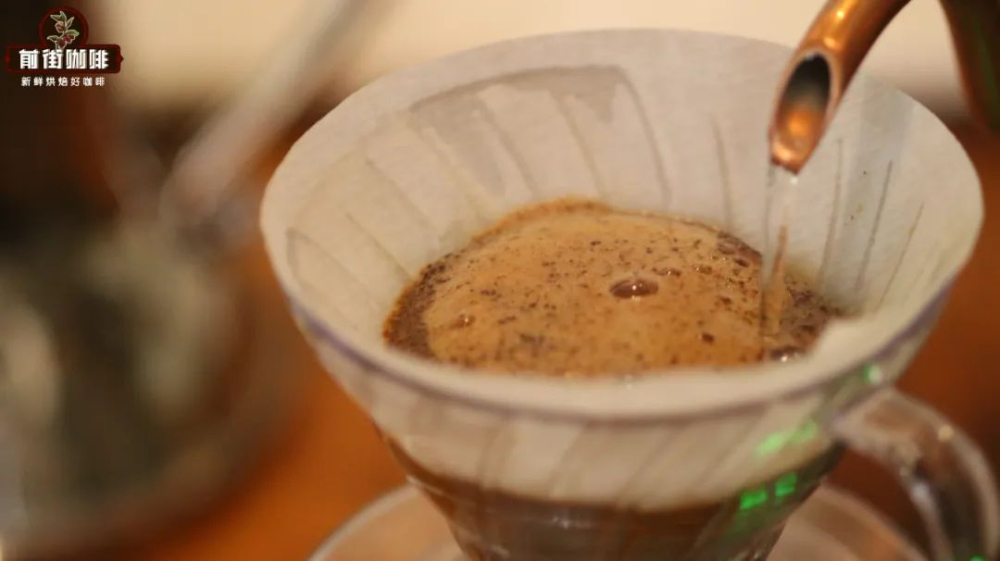
The two groups were basically the same in the early stage, and the second stage of water injection was completed in 54 seconds (now the total amount of water injection is 150ml). In the first group, the water injection began at 1 stroke 2, and the water injection time at the beginning of the third stage was 1 minute 07 seconds. The time to wait for all the water to run out after the final injection of 225ml is 1 minute and 55 seconds. The second group waited until the coffee liquid had run out before starting the third stage of water injection, the time node was 1 minute 20 seconds, and the time of waiting for water to finish after the third stage was injected into 225ml was 2 minutes and 10 seconds.
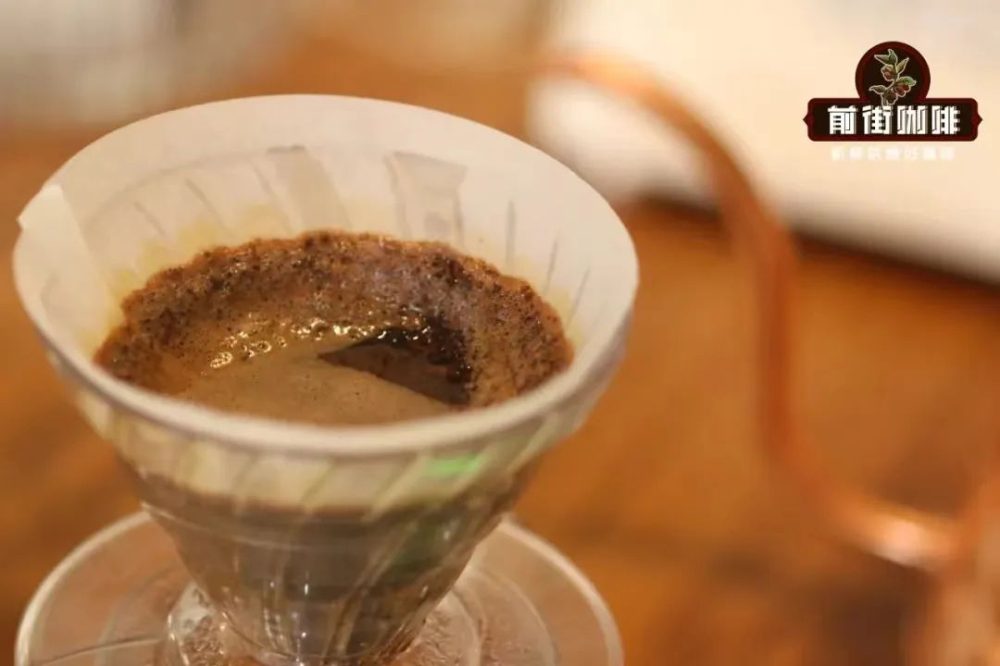
In terms of aroma, the first group is richer. When tasting, the taste of the two groups was basically the same, and there was no negative flavor. From this group of experiments, we can see that there is not much difference between the two methods. in the second group, the coffee powder in the filter cup is "cut off" because it has to wait for the coffee liquid to run out, so the coffee powder in the filter cup has a "cut-off". This led to a brief sudden drop in the temperature in the coffee powder layer, which rose only when the water injection continued later. This is the difference in the richness of the aroma. Also because the time of waiting for the coffee liquid to flow light is longer than the time of water injection when falling to 1 stop 2, so the final extraction time will be lengthened accordingly, but in this experiment, the extraction time is within a reasonable range, and the performance in flavor is also good.
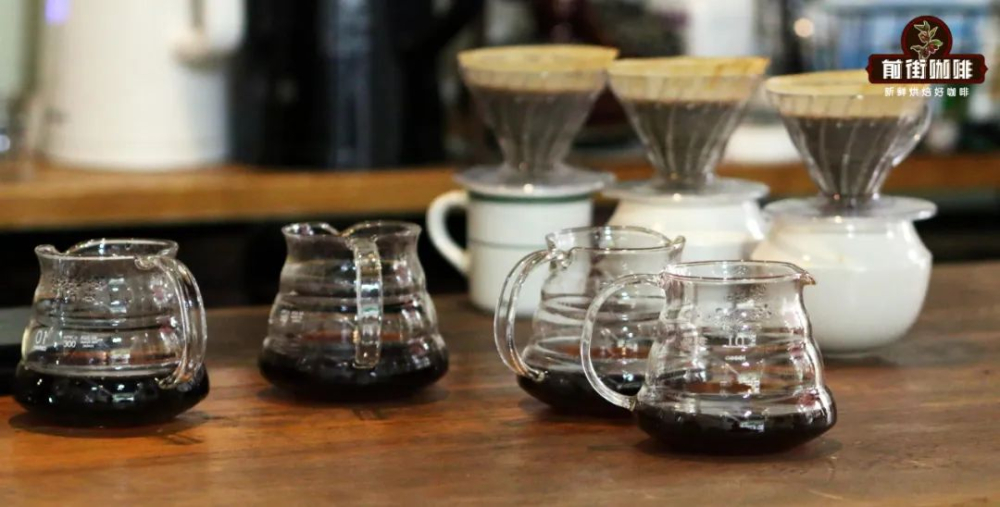
So let's do a second experiment, and this time the comparison method is exactly the same, but the beans are replaced by Yejia Xuefei, which is washed with water. Let's take a look at the results of this experiment. The two groups also finished the second stage of water injection in 54-55 seconds (the total amount of water injection at the moment is 150ml). In the first group, the first group dropped to 1x2 of the water level, and the time was 1 minute and 10 seconds. After the third stage was injected into 225ml, the coffee liquid was fully streamlined and extracted for 2 minutes.
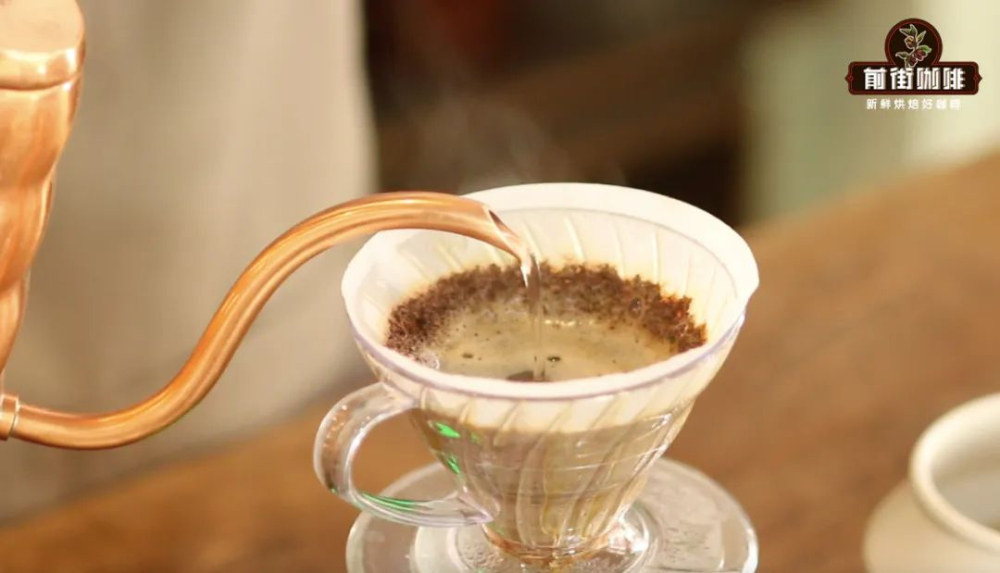
The second group waited until the coffee liquid was completely streaked before the third stage of water injection, which lasted for 1 minute and 30 seconds. After the third stage of injection, wait for the coffee liquid to be fully streamlined and then complete the extraction for 2 minutes and 30 seconds. In this experiment, the second group of coffee showed a bitter taste. Why there was such a big difference in the time spent waiting for the coffee liquid to flow and then recharge in the two experiments, it was in the powder pit.
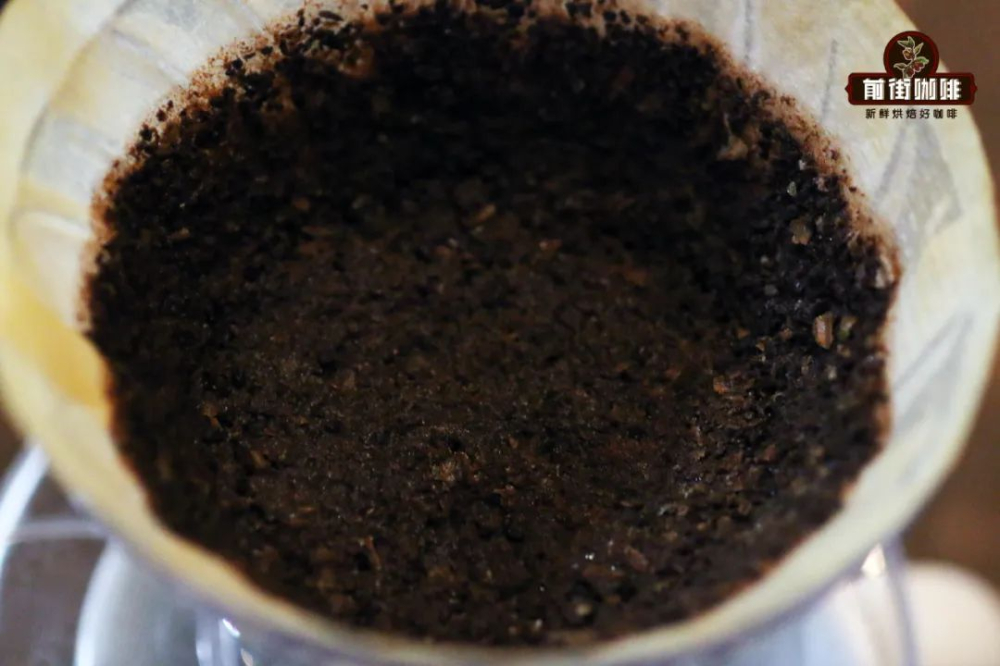
By observing the powder pit of Yejiaxuefei, we can see that there are more muddy shapes at the bottom, and these "muddy" shapes are actually fine powder. We have also talked about the characteristics of the V60 filter cup before. when the water level reaches the short rib, there are 24 guide bones to guide the flow into the lower pot. Therefore, the launching speed can be guaranteed. When the water level falls below the short ribs, there are only 12 diversion bones left, and the fine powder in the powder layer will delay the speed of launching. When the water level falls to half, it will not take too long to inject water.
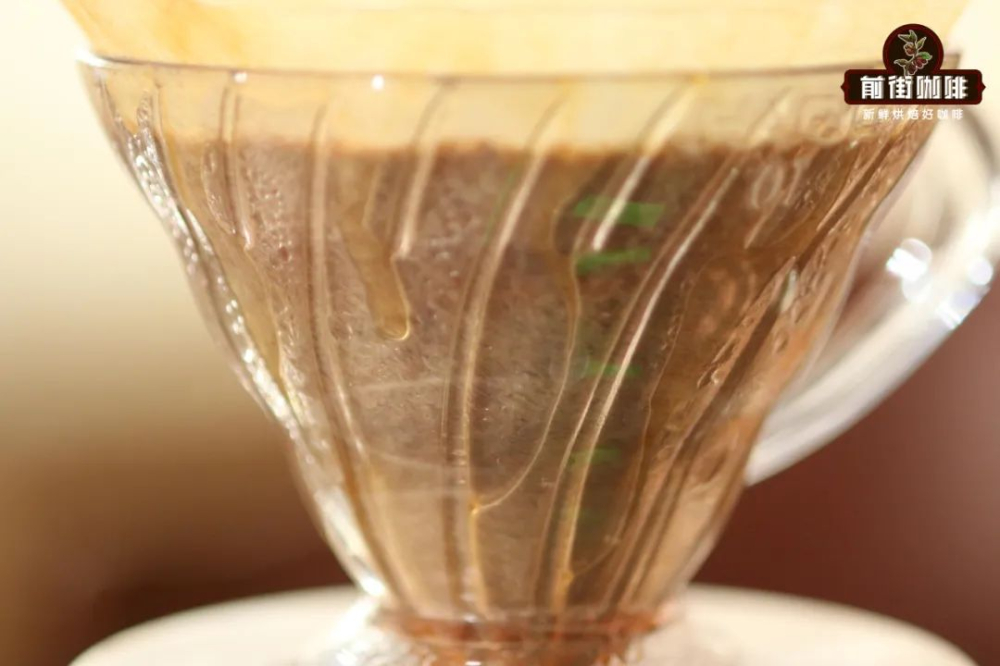
So why did this happen to Yega Xuefei, but not strawberry candy? This has something to do with the hardness of coffee beans. Yega Xuefei's baking degree is relatively shallow, and the corresponding beans are relatively hard. During grinding, the whole beans are often not cut into particles at the beginning, but crushed by a knife plate. Part of the dust is produced in this process. Coffee beans with lower hardness are less crushed and burst, so they produce less dust. Therefore, Qianjie does not recommend segmented water injection until the coffee liquid has run dry before continuing water injection. The first point is that the extraction temperature has changed, and the second point is that the fine powder may deposit the bottom, resulting in slow launching and prolonging the extraction time. Third, the generality of brewing parameters between different coffee beans is poor. Of course, this is not to say that the method of "waiting for the coffee liquid to dry and then filling it with water" cannot be used, such as redesigning a brewing method to avoid these "defects" as mentioned in the front street. like the "four or six brewing method", it is through roughing and grinding, or sieving out the fine powder from the coffee, or brewing at different water temperatures. However, if you use three-stage coffee brewing, don't wait until the powder layer is dry before filling it.
Important Notice :
前街咖啡 FrontStreet Coffee has moved to new addredd:
FrontStreet Coffee Address: 315,Donghua East Road,GuangZhou
Tel:020 38364473
- Prev

Relationship between extraction rate and concentration of hand-brewed coffee the solution parameters of insufficient extraction and over-extraction
Friends who learn to brew coffee by hand must understand the relationship between extraction rate and concentration. Understanding these two things is very helpful for future coffee brewing. First of all, we have to understand what is the main body of the extraction rate and concentration. The extraction rate refers to the percentage of the matter dissolved in water in the coffee bean itself.
- Next

The water temperature parameters of hand-brewed coffee recommend that the correct water temperature of brewing coffee is the right degree.
Friends who have brewed coffee should know that the temperature of the water will affect the flavor of the final coffee. It is also clear that if the water temperature is high, the coffee will be more full-bodied; if the water temperature is low, the coffee will be more insipid. However, will there be a big difference between the coffee brewed by two or three degrees in water temperature? For example, before.
Related
- Beginners will see the "Coffee pull flower" guide!
- What is the difference between ice blog purified milk and ordinary milk coffee?
- Why is the Philippines the largest producer of crops in Liberia?
- For coffee extraction, should the fine powder be retained?
- How does extracted espresso fill pressed powder? How much strength does it take to press the powder?
- How to make jasmine cold extract coffee? Is the jasmine + latte good?
- Will this little toy really make the coffee taste better? How does Lily Drip affect coffee extraction?
- Will the action of slapping the filter cup also affect coffee extraction?
- What's the difference between powder-to-water ratio and powder-to-liquid ratio?
- What is the Ethiopian local species? What does it have to do with Heirloom native species?

